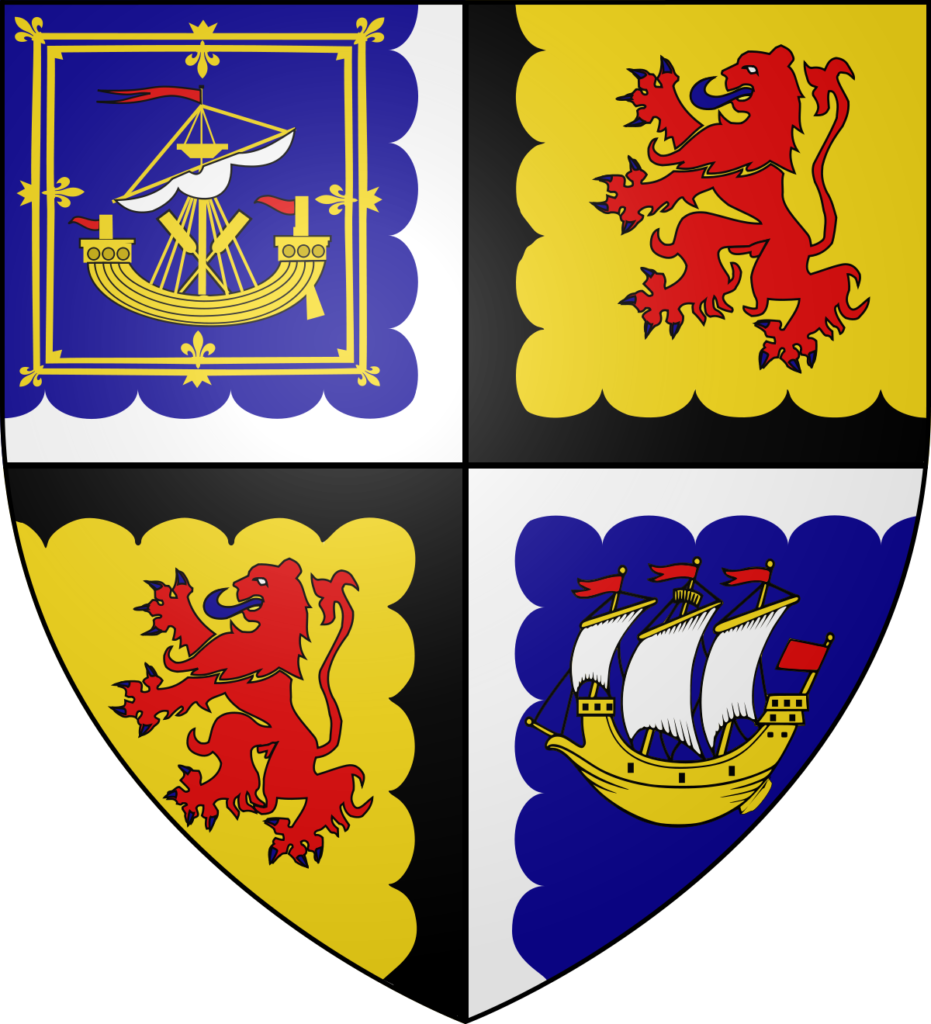Ravenscraig Castle, located in Kirkcaldy, Fife, Scotland, is a significant historical site with a rich history, particularly notable for its military applications. Here is a detailed account of the castle’s history, emphasizing its military aspects:

Origins and Construction
- Commissioning by James II: Ravenscraig Castle was commissioned by King James II of Scotland in 1460. This period was characterized by political instability and frequent conflicts with England, necessitating the construction of robust fortifications.
- Design and Defensive Features: The castle’s design was heavily influenced by the need for advanced defensive capabilities. It was one of the first castles in Scotland to be built with artillery defense in mind. Key defensive features included:
- Thick Walls: The castle walls were built exceptionally thick to withstand cannon fire.
- Gun Loops: Designed to accommodate cannons and firearms, these openings allowed defenders to fire upon attackers while remaining protected.
- Deep Ditch: Surrounding the castle, the ditch acted as an additional barrier against assault.



Strategic Importance
- Location: Positioned on a promontory overlooking the Firth of Forth, Ravenscraig Castle’s location provided strategic advantages. It offered extensive views of the surrounding area, allowing defenders to spot potential threats from a distance.
- Naval Defense: Its proximity to the sea meant that the castle could play a crucial role in defending against naval invasions. The artillery positioned at Ravenscraig could be used to deter and repel enemy ships approaching the Firth of Forth.


The Sinclairs and Military Enhancements
- Transfer to the Sinclair Family: In the early 1470s, the castle was granted to William Sinclair, 1st Earl of Caithness, by James III. The Sinclairs, a powerful noble family, further enhanced the castle’s military capabilities.
- Modifications: Under the Sinclairs, the castle saw significant modifications to improve its defenses. These included the strengthening of existing structures and the addition of new defensive features to better withstand contemporary military threats.


Military Engagements and Damage
- 16th Century Conflicts: During the turbulent 16th century, Scotland faced numerous internal and external conflicts. Ravenscraig Castle’s military features were crucial during this period, although specific records of its involvement in battles are sparse.
- Wars of the Three Kingdoms (1642-1651): The castle sustained damage during the Wars of the Three Kingdoms, a series of conflicts that included the English Civil War, the Scottish Civil War, and the Irish Confederate Wars. The precise nature of the damage is unclear, but it contributed to the castle’s decline in the subsequent centuries.
Decline and Restoration
- 17th Century Decline: By the late 17th century, Ravenscraig Castle had fallen into disrepair. The Sinclairs had moved to other residences, and the castle’s military importance diminished as newer military technologies and strategies emerged.
- 19th and 20th Century Preservation Efforts: Recognizing the castle’s historical significance, efforts were made in the 19th and 20th centuries to preserve its remains. Restoration projects aimed to stabilize the ruins and highlight its architectural and military heritage.
Modern Era
- Scheduled Monument: Today, Ravenscraig Castle is a scheduled monument managed by Historic Environment Scotland. This status helps ensure its preservation and allows for ongoing archaeological and historical research.
- Public Access and Education: This is currently not open to the public.
Summary
Ravenscraig Castle’s history is deeply intertwined with Scotland’s military past. Its innovative design for artillery defense, strategic location, and involvement in key historical conflicts underscore its importance as a military stronghold. While the castle eventually fell into disrepair, efforts to preserve its legacy have ensured that it remains a vital link to Scotland’s medieval and early modern military history.
Credits to Artists
Scottish Castle Reconstructions by Andrew Spratt (maybole.org)
Creating User:Celtus – Wikimedia Commons

